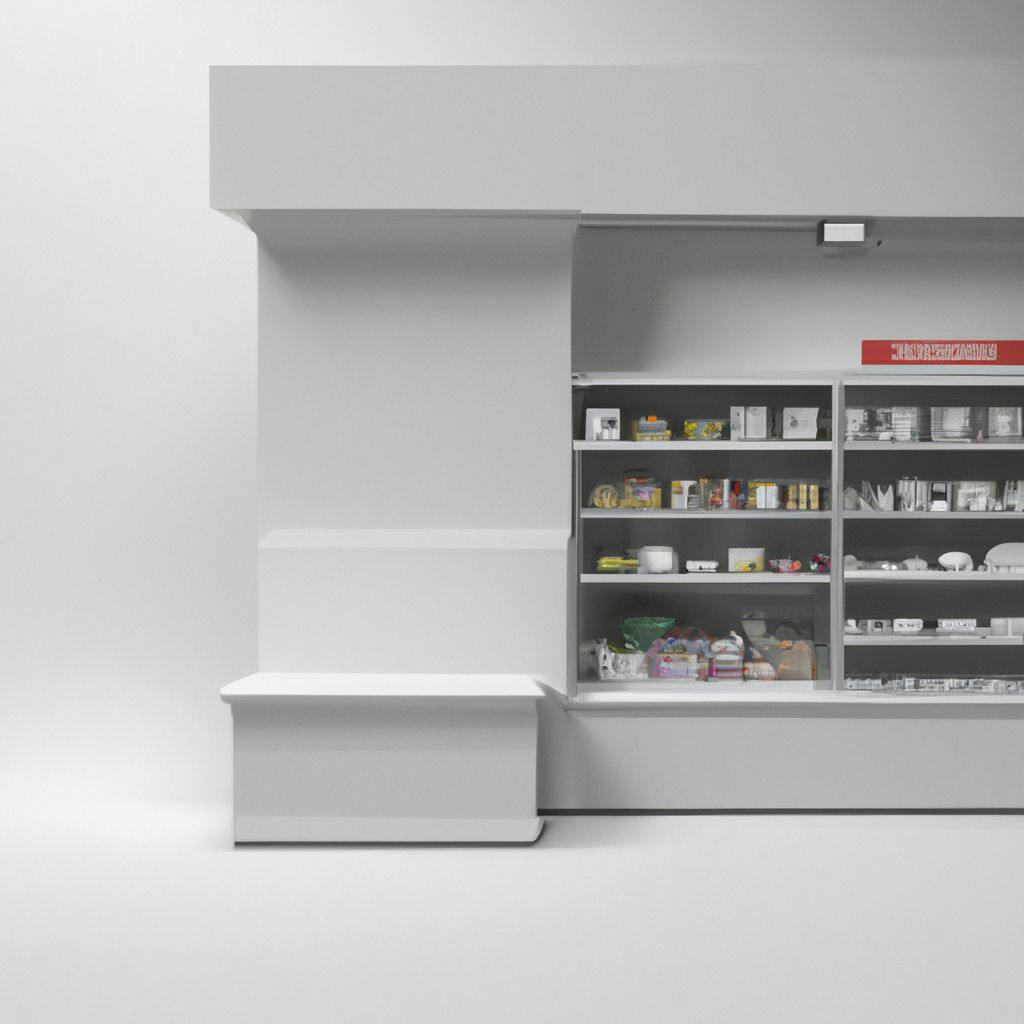Related articles
How Digital Rental Management Is Transforming the Real Estate Industry
1 Jan 2026
The real estate industry is undergoing a major digital transformation, and rental management is at the center of this change. Growing portfolios, rising tenant expectations, and increasing regulatory complexity are pushing property managers to move beyond traditional, manual processes. Digital rental management offers a smarter, more efficient way to handle operations, data, and communication across the entire rental lifecycle.

Real Estate 4.0: The Smart Future of Property
13 Nov 2025
Real estate is entering a new era shaped by digital transformation, data, and intelligent technologies. Real Estate 4.0 represents a fundamental shift from traditional, asset-centric models toward smart, connected, and data-driven property ecosystems. As market expectations, sustainability requirements, and operational complexity continue to grow, technology is becoming a critical driver of efficiency and long-term value.
Branded residences – what are they, and how is technology reshaping the luxury real estate market?
29 Oct 2025
The luxury real estate market is experiencing rapid growth, with one of the most notable trends in recent years being branded residences - apartments and homes created in collaboration with prestigious brands. They combine the privacy and comfort of residential living with amenities typical of five-star hotels, catering to the evolving expectations of the most discerning clients. Technology also plays a crucial role in their development, ranging from advanced building management systems and smart home solutions to digital concierge services.
Tenant Experience Management – a new standard in building management
13 Oct 2025
Rapid changes in the real estate market mean that traditional approaches to building management are no longer sufficient. Today, true success is driven by the tenant experience - their comfort, engagement, and overall satisfaction with the space they use. In response to these evolving needs, the concept of Tenant Experience Management (TXM) has emerged, integrating technology, communication, and management into one cohesive system. This represents a new industry standard, where a building is no longer just a place to work, but a space that fosters relationships, convenience, and modern experiences.
Property Aggregation Platforms – the Future of Online Real Estate Search
23 Sep 2025
In recent years, the real estate market has been undergoing rapid change, driven by technological advances and evolving user expectations. Aggregator platforms are becoming increasingly popular, as they collect listings from multiple sources and present them in one convenient place. As a result, searching for an apartment or a house is faster, more transparent, and better tailored to individual needs.
Lease tracking – systems for managing and monitoring lease agreements
8 Sep 2025
In today’s rapidly evolving business environment, managing lease agreements has become an increasingly complex task. Traditional approaches based on paper files or spreadsheets are no longer sufficient as the number of contracts grows and regulatory requirements become more demanding. As a result, more and more companies are turning to dedicated lease tracking systems that automate the monitoring of key dates, payments, and contractual obligations. These solutions not only help organize documentation, but also support strategic decision-making and enhance an organization’s financial security.
Deal Sourcing Tools in Real Estate: Technology That Enhances Investment Decision-Making
6 Sep 2025
The real estate market is becoming increasingly competitive, and the ability to make fast, well-informed investment decisions is often crucial to achieving profitability. Traditional methods of identifying opportunities are frequently no longer sufficient, which is why investors are turning more and more to technology to support deal sourcing. Modern tools not only enable faster discovery of attractive opportunities but also allow for more accurate assessment of their potential through data analysis and artificial intelligence algorithms.
Show all articles related with #business intelligence

